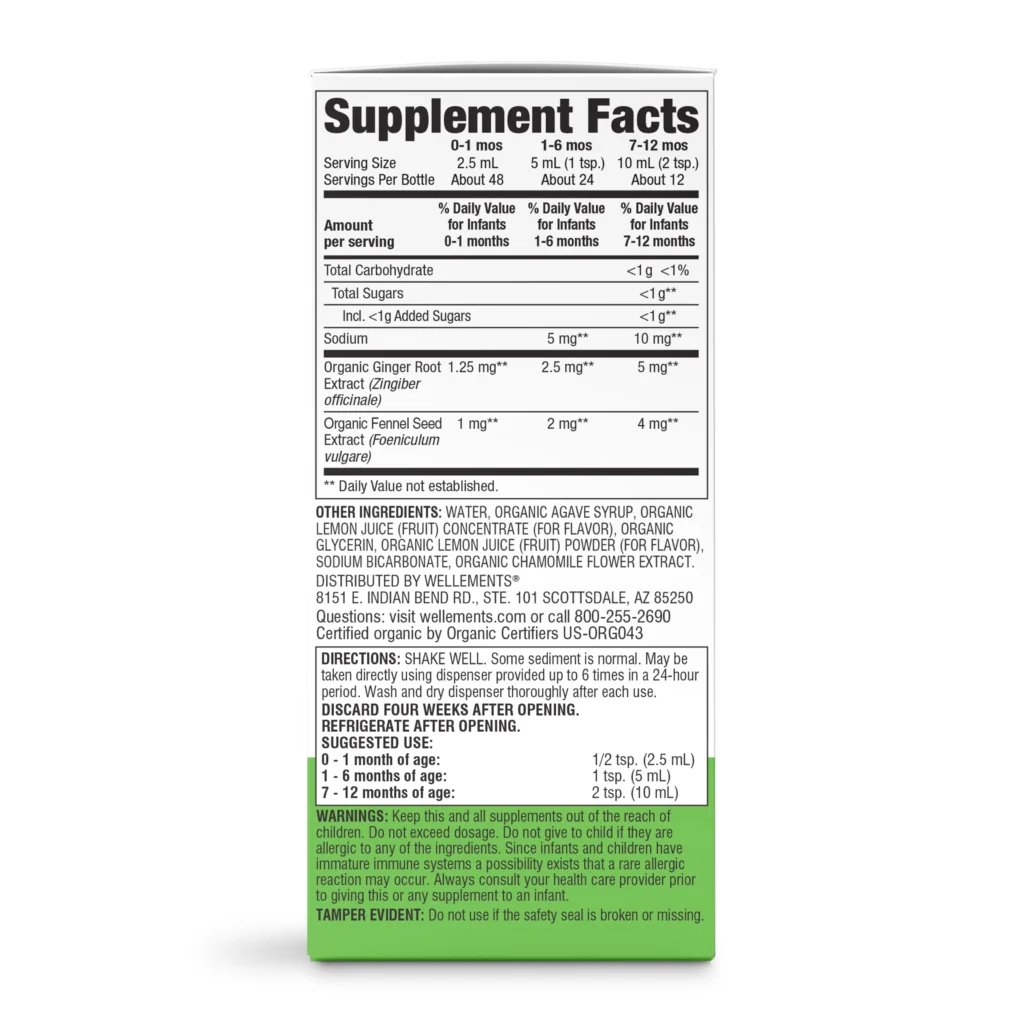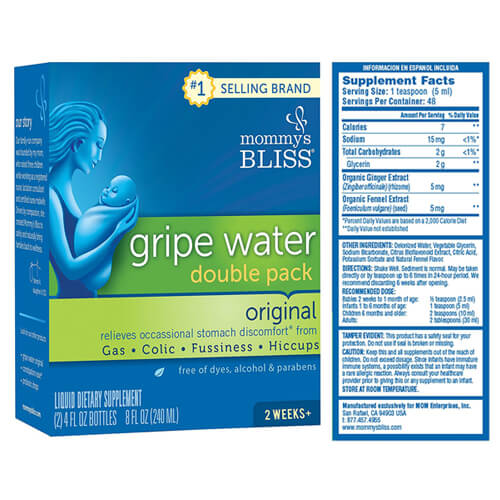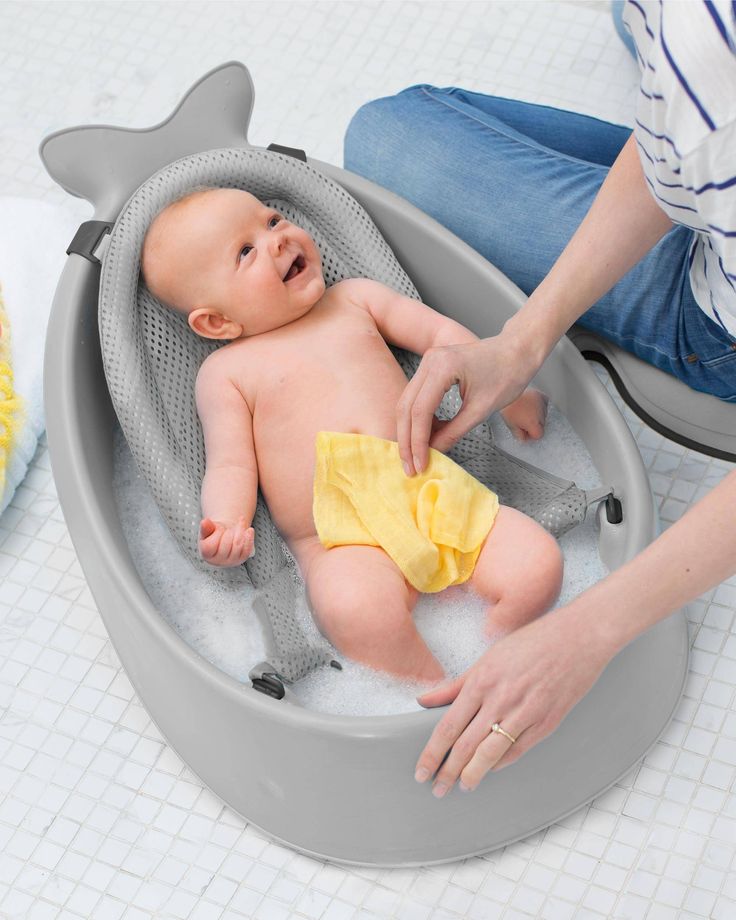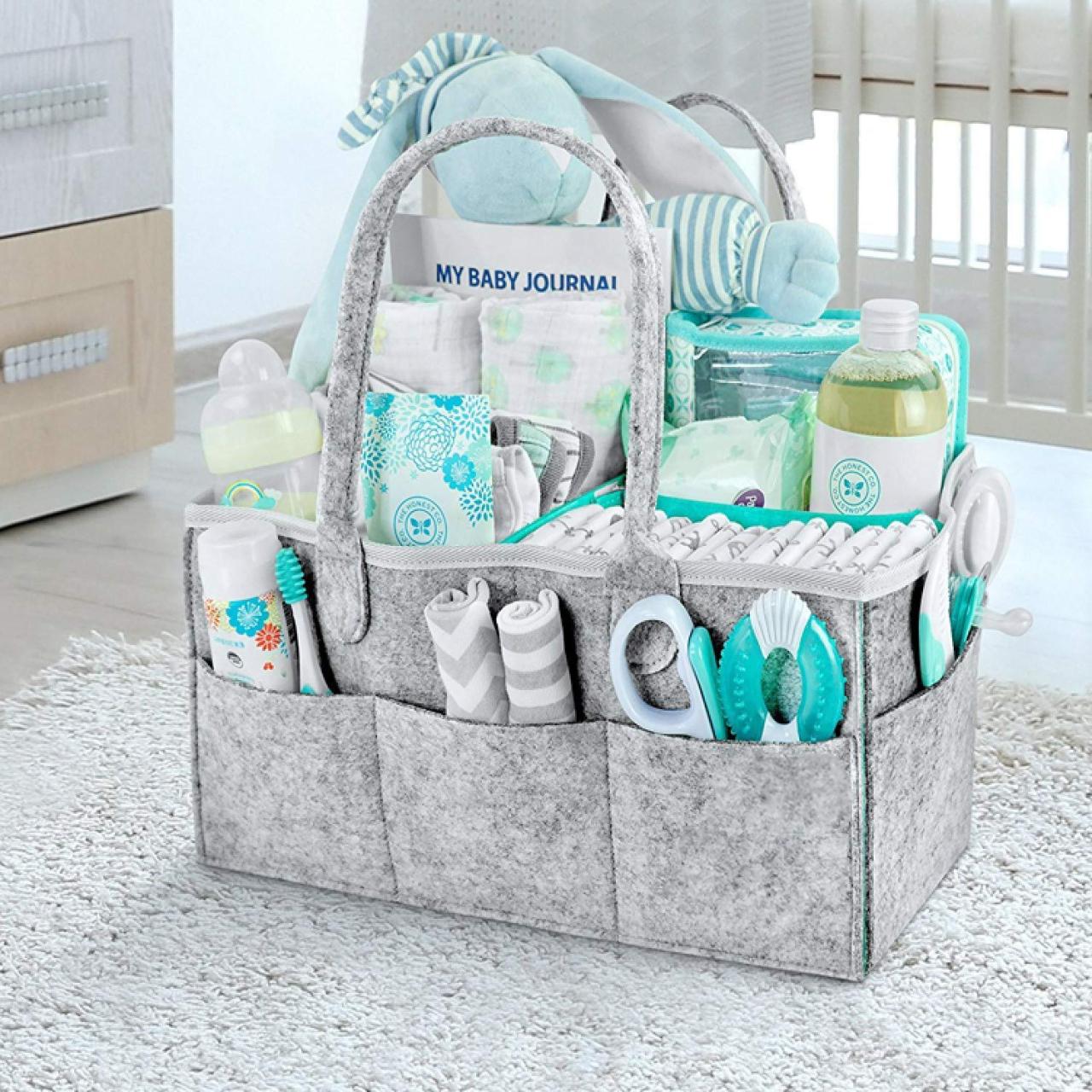You know that bottle of gripe water ingredients you always keep on hand for your baby? Have you ever actually looked at the ingredients on the label? If you’re like most new parents, the answer is probably no. You just trust that it’s a safe, natural remedy that will soothe your little one’s tummy troubles and gas.
But some of the ingredients found in popular gripe water ingredients brands might surprise you. Before you give another dose of the stuff to your newborn or infant, you owe it to yourself—and your baby—to understand exactly what’s in that familiar bottle. In just 100 short words, we’re going to examine the common ingredients found in gripe water and look at the latest research on their safety and effectiveness. You might not look at that bottle in quite the same way again.
A Brief History of Gripe Water and Its Traditional Ingredients
gripe water ingredients has been used for centuries to soothe fussy, colicky babies. The traditional ingredients were meant
to gently relieve discomfort from gas, reflux, and other tummy troubles.
Originally, gripe water contained alcohol, dill oil, sodium bicarbonate, and sugar. The alcohol and dill oil were used as
digestive aids and mild sedatives. Sodium bicarbonate helped neutralize stomach acid, while sugar made the bitter
concoction palatable for babies.
Today, most commercial gripe waters are alcohol-free and made from natural herbs and spices like:
- Fennel, which contains compounds that relax the gut and relieve cramping.
- Ginger, a natural anti-inflammatory that calms the stomach.
- Peppermint or chamomile, which have soothing properties.
- Sodium bicarbonate is still commonly used as an antacid. Some brands also contain probiotics or prebiotics to support gut health.
Though gripe water is considered safe for most babies, you should always check with your pediatrician, especially for
preemies or infants under one month. Homemade versions are not recommended, as the proper dosage and ingredient
balance can be tricky. For newborns, a little goes a long way, so start with the minimum amount and increase slowly
according to instructions.
While a bit of sugar is sometimes added, most commercial gripe waters today have little or none. The effectiveness comes from the
herbs and spices, not sweetness alone. With natural, gentle ingredients and the proper precautions, gripe water can be
a safe way to soothe your baby’s tummy troubles and give you both some relief.

The Evolution of gripe water ingredients Formulas Over the Years
Gripe water formulas have come a long way from their first appearance in the 19th century. The original ingredients were meant to soothe colicky babies, but by today’s standards, some seem questionable.
A Look at the Past
Early gripe water recipes contained ingredients like dill seed oil, sodium bicarbonate, peppermint or fennel extracts, and alcohol. Yes, alcohol – usually around 3-5%! This was meant to help relax the baby. Formulas from the early 1900s also included additional herbs like ginger, chamomile and aniseed.
While these natural ingredients were popular at the time and considered safe in small doses, most have been removed from modern formulas due to lack of scientific evidence for their effectiveness and concerns over toxicity or allergic reactions in some babies.
Today’s Improved Formulas
Contemporary gripe water brands have ditched the old-fashioned ingredients, alcohol and herbs in favor of more baby-friendly and clinically-supported options. The main ingredients you’ll find now are simethicone, lactic acid and probiotics or ‘good bacteria’.
Simethicone helps relieve gas by breaking up air bubbles in the stomach and intestines. Lactic acid works to maintain an healthy pH in the digestive system which can help with discomfort from gas or reflux. Probiotics support gut health and may improve colic symptoms for some babies.
With safer, natural ingredients and dosages recommended by pediatricians, modern gripe water can be a helpful supplement for many newborns and infants dealing with gas, colic or reflux – as long as you get the all-clear from your baby’s doctor first. The formula may have evolved over the years, but the goal remains the same: a happy, comfortable baby and relieved parents!
Common Gripe Water Ingredients to Look For
Common gripe water ingredients found in gripe water include:
Chamomile
Chamomile is a herb that has been used for centuries to soothe upset stomachs. The flowers are dried and crushed to make chamomile tea, which is added to many gripe water formulas. Chamomile is considered very safe for babies and naturally calming. It may help relieve gas, colic and calm an irritable baby.
Fennel
Fennel is another herb used in gripe water. It contains compounds that may help relax smooth muscle tissue in the intestines and decrease inflammation in the gut. Fennel is thought to relieve gas, cramping and colic in infants. Like chamomile, fennel has been used for centuries and is considered very safe for babies when properly prepared and administered.
Ginger
Ginger root is added to some gripe water formulas because it contains compounds that may help relax the stomach and intestines, relieve gas and ease nausea. Ginger may also have anti-inflammatory effects. Ginger is generally recognized as safe for babies in small amounts, but as with any new ingredient, you’ll want to check with your baby’s pediatrician first, especially for preemies or infants less than one month old.
Sodium Bicarbonate
Baking soda, also known as sodium bicarbonate, is included in some gripe water brands to help neutralize stomach acid and relieve gas. It is considered safe in small, properly diluted amounts for most babies. However, as with any ingredient, you’ll want to check with your baby’s doctor before using, especially for preemies or newborns less than one month old.
•Peppermint or spearmint – Some brands add peppermint or spearmint for their soothing and calming properties. Safe in small amounts for most babies but check with your pediatrician first, especially for newborns.
•Lemon balm – Added by some brands for its calming, gas-relieving effects. Usually safe but check with your baby’s doctor to be sure.
In summary, popular gripe water ingredients are natural, herb-based and considered safe for most babies in proper amounts, but you should always check with your little one’s pediatrician before using, especially for newborns or preemies. When in doubt, simple gas relief techniques like gentle tummy massage, warm baths, and bicycle kicks can also help relieve your baby’s discomfort.
Controversial gripe water ingredients to Avoid in Gripe Water

As a concerned parent, you want the best for your baby. But some ingredients found in popular gripe water brands are controversial and potentially harmful. Here are a few to watch out for:
Sugar
Many gripe waters contain sugar, honey, or corn syrup to improve the taste, even though newborns don’t need additional sugar. These added sugars provide empty calories and may increase the risk of obesity, type 2 diabetes, and other health issues later on. It’s best to choose a gripe water with little or no added sugar.
Alcohol
Some gripe water ingredients contain alcohol, typically less than 0.5% ethanol. Although in small amounts, alcohol can still be dangerous for infants. Their livers are immature and can’t metabolize alcohol efficiently. It’s best to avoid gripe waters with any alcohol.
Sodium bicarbonate
Sodium bicarbonate, also known as baking soda, is added to some gripe water ingredients as an antacid. While generally recognized as safe in limited doses for adults, it may not be ideal for infants. High amounts can alter the body’s acid-base balance, especially in newborns. Unless under the guidance of your pediatrician, it’s best to choose a gripe water without sodium bicarbonate.
Preservatives
Some gripe water ingredients contain synthetic preservatives like parabens to prevent the growth of bacteria and mold. Although parabens are approved for use in small amounts, some research links them to hormone imbalance and other issues. For babies, it’s best to choose preservative-free products when possible.
As with any product for infants, check with your baby’s pediatrician before giving them gripe water. Carefully read the gripe water ingredients list to avoid anything potentially harmful. When in doubt, the simplest options with the fewest additives are usually the best. Your baby’s health and safety should be the top priority.
Choosing the Best Gripe Water for Your Baby Based on Ingredients
When choosing gripe water ingredients for your baby, carefully check the ingredients. Some products have natural, organic ingredients, while others contain artificial colors, flavors, and preservatives. For the gentlest option, look for a gripe water made from organic herbs and essential oils.
Sugar
Many gripe water ingredients contain sugar to help with the taste, but for newborns, it’s best to choose a product with little or no sugar. Even natural sugars can lead to gas or disrupt a baby’s delicate tummy. Products with stevia, a natural sweetener, or no sweetener at all are good options.
Sodium Bicarbonate
Sodium bicarbonate, or baking soda, is included in some gripe water ingredients to help relieve gas and indigestion. In small amounts, it is generally safe for babies, but you want to make sure the overall sodium level is not too high, especially for newborns. Check with your pediatrician for guidance.
Essential Oils
Essential oils like peppermint, chamomile, lavender and fennel can naturally help ease colic and gas. However, for infants under 3 months, essential oil-based gripe water ingredients may be too potent. Check the concentration and number of essential oils, and ask your doctor before using for newborns.
Avoid gripe waters with artificial preservatives like sodium benzoate or potassium sorbate. While these may help extend shelf life, they can be irritating for babies. Choose an option with natural preservatives or no preservatives whenever possible.
When it comes to your baby’s health and comfort, always check with your pediatrician before trying any product. By understanding the ingredients in different gripe water ingredients options, you can choose one tailored to your baby’s needs and age for the best relief from gas and colic.
Conclusion
So there you have it, an inside look at what’s really in that little bottle of gripe water you’ve likely turned to for your little one. While some ingredients like ginger or fennel may be natural and soothing, others like sodium bicarbonate or alcohol are questionable and concerning, especially for newborns.
The bottom line is you need to do your homework and check with your pediatrician before giving gripe water ingredients to your baby. Their health and safety should be the top priority. Don’t just assume that because something is marketed for infants that it’s gentle and natural. Read labels, do some digging, ask questions. Your baby is counting on you, so make sure any remedy you use is as natural and harmless as possible. Their little body will thank you for it.





One thought on “Gripe Water Ingredients Under the Microscope: What Every Parent Should Know”